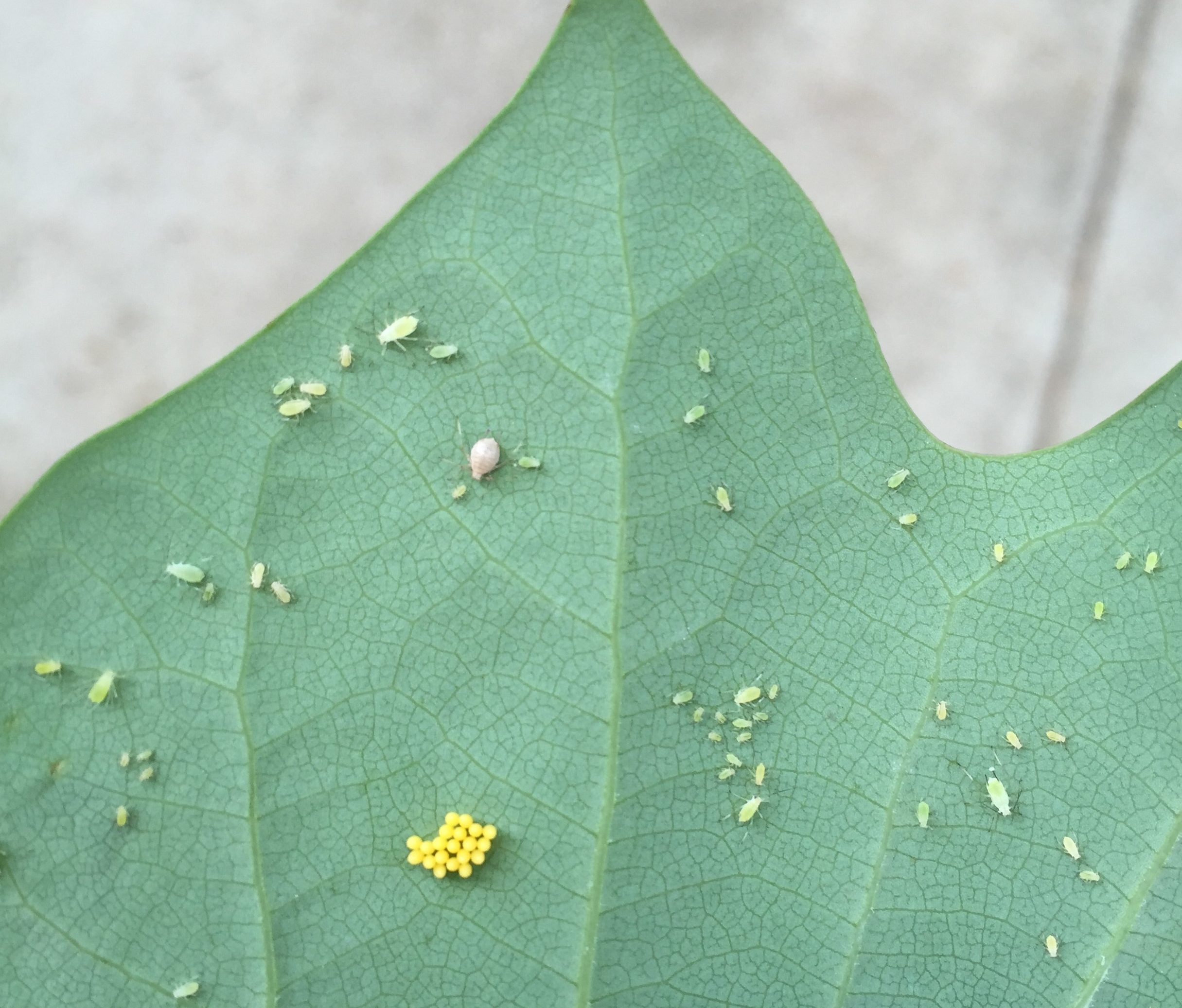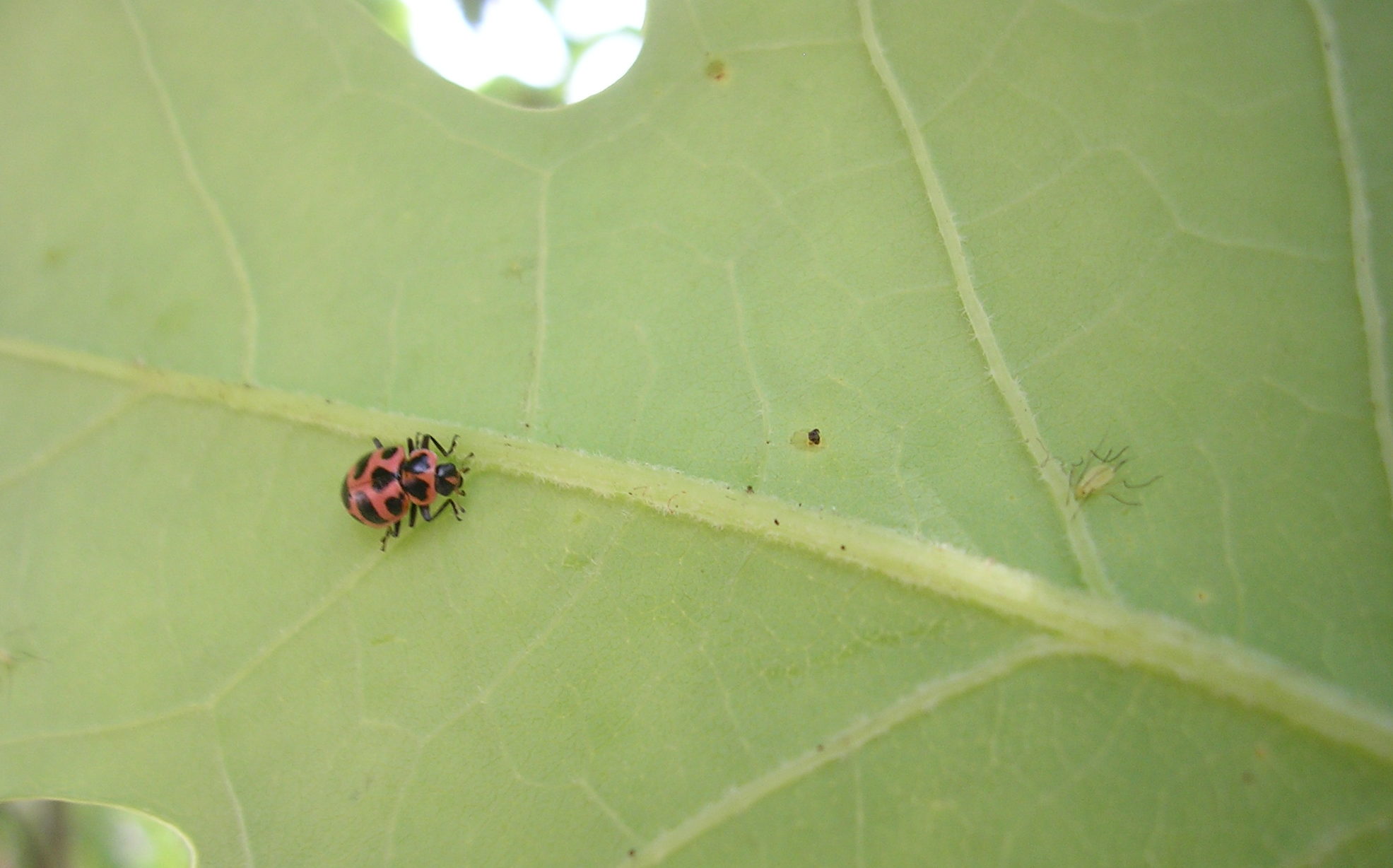Tulip Tree Aphids and Scales Feeding and Dropping Honeydew
go.ncsu.edu/readext?691397
en Español / em Português
El inglés es el idioma de control de esta página. En la medida en que haya algún conflicto entre la traducción al inglés y la traducción, el inglés prevalece.
Al hacer clic en el enlace de traducción se activa un servicio de traducción gratuito para convertir la página al español. Al igual que con cualquier traducción por Internet, la conversión no es sensible al contexto y puede que no traduzca el texto en su significado original. NC State Extension no garantiza la exactitud del texto traducido. Por favor, tenga en cuenta que algunas aplicaciones y/o servicios pueden no funcionar como se espera cuando se traducen.
Português
Inglês é o idioma de controle desta página. Na medida que haja algum conflito entre o texto original em Inglês e a tradução, o Inglês prevalece.
Ao clicar no link de tradução, um serviço gratuito de tradução será ativado para converter a página para o Português. Como em qualquer tradução pela internet, a conversão não é sensivel ao contexto e pode não ocorrer a tradução para o significado orginal. O serviço de Extensão da Carolina do Norte (NC State Extension) não garante a exatidão do texto traduzido. Por favor, observe que algumas funções ou serviços podem não funcionar como esperado após a tradução.
English
English is the controlling language of this page. To the extent there is any conflict between the English text and the translation, English controls.
Clicking on the translation link activates a free translation service to convert the page to Spanish. As with any Internet translation, the conversion is not context-sensitive and may not translate the text to its original meaning. NC State Extension does not guarantee the accuracy of the translated text. Please note that some applications and/or services may not function as expected when translated.
Collapse ▲Tulip trees (Liriodendron tulipifera) have two primary pests both of which produce honeydew and both of which are actively feeding now. Tulip tree scales are brown bumps that live and feed on branches. They were covered in a recent blog post and detailed article. Adult tulip tree aphids (Illinoia liriodendri) are similar to other aphids. They are yellow with dark antennae and dark cornicles. Winged adults may become darker. Nymphs are smaller and yellow.
Tulip tree aphids occur wherever tulip trees, their only host, grow and particularly on trees planted in landscapes and along streets.
Tulip tree aphids live and feed on the undersides of leaves. Heavy infestations cause leaves to drop, and repeated infestations can reduce tree growth and canopy density. Tulip tree aphids produce copious honeydew, so leaves and surrounding surfaces are often blackened with sooty mold.
Tulip tree aphids overwinter as eggs that hatch in spring. There are several generations during summer and populations can increase rapidly in late spring. Natural enemies typically catch up with them and reduce the populations by early summer. Thus management is often not required. Natural enemies include lady beetles, lacewings, syrphid flies, Orius spp. and many parasitoids. Persistent populations can be managed with horticultural oil or insecticidal soap to reduce their abundance and honeydew production.




